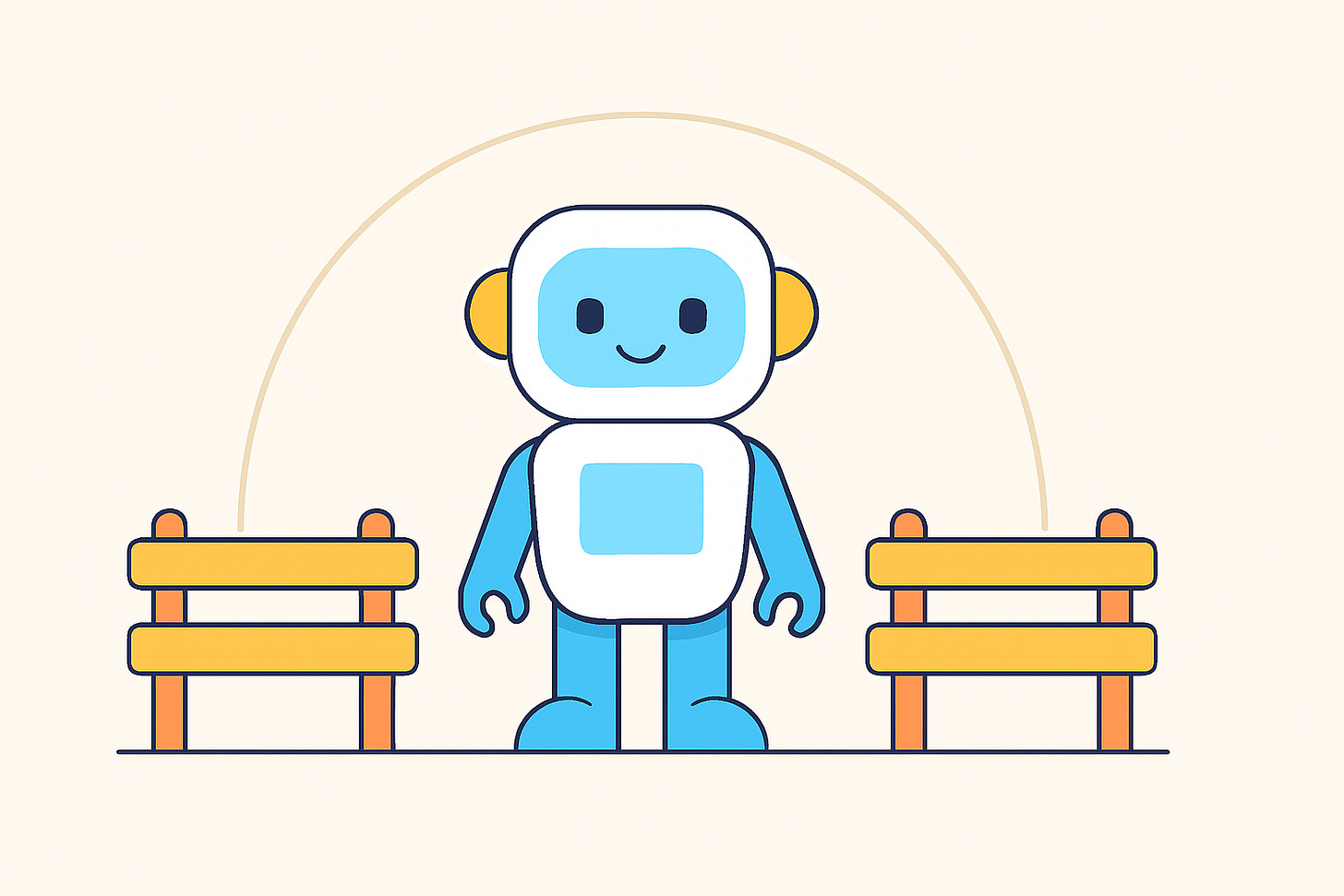Multi-Layered Guardrails for AI Agents
Runtime Protection Alongside Model Alignment Is Essent
Why Guardrails Matter More Than Ever
In early 2025, Meta’s AI assistant confidently told users that conservative activist Robby Starbuck had taken part in the January 6 Capitol riot. He hadn’t. The AI hallucinated it. And the damage, reputational, personal, legal, was very real.
This isn’t just a glitch. As AI agents become more autonomous, planning, executing, and acting on behalf of users, we need serious guardrails. And not the kind most people are used to.
Most organizations treat guardrails like seatbelts, a last-minute safety feature bolted onto an otherwise complete system. But in today's complex AI agents, effective guardrails must be woven into the system architecture itself.
The Narrow View: How Most People Think About Guardrails
Most guardrail implementations focus on a limited set of basic protections:
Input filters – Scan prompts for banned content
Output moderation – Flag risky responses
Prompt sanitization – Strip out sensitive data
But these are single-point fixes, better suited to chatbots than agentic systems. Today's agents reason, plan, use tools, store memory, and interact with APIs. Limiting guardrails to input/output creates massive blind spots.
A Broader Approach: Guardrails Must Span the Full Agent System
Think of agents as systems, not models. Each part needs its own protections:
Goals: Ensure objectives remain aligned with human values and organizational policies
Context: Verify that environmental information isn't misleading or manipulated
Memory: Protect against persistence of sensitive data or memory poisoning
Reasoning: Guard against logical fallacies and confirmation bias
Planning: Validate that steps align with goals and don't violate safety constraints
Tools: Control access to external systems and verify proper use
Knowledge bases: Prevent retrieval of sensitive information or toxic content
This is why we need multi-layered guardrails that span the entire agent architecture. The Swiss Cheese Model from safety engineering, recently adapted for AI systems by Shamsujjoha et al. in their paper 'Swiss Cheese Model for AI Safety' (2025), provides a useful metaphor: multiple protective layers with different strengths and weaknesses ensure that holes in any single layer won't lead to catastrophic failure.
Key Attributes of Good Guardrails
Effective guardrails protect several critical attributes:
Accuracy: Guardrails must prevent hallucinations, misinformation, and factually incorrect steps. As we saw with Meta's AI falsely linking Robby Starbuck to events he had no connection with, accuracy failures can have serious real-world consequences.
Privacy: AI systems must avoid leaking sensitive information. Samsung learned this lesson when employees inadvertently leaked proprietary code through ChatGPT, leading to a company-wide ban on AI tools.
Security: Guardrails need to prevent injection attacks, unsafe tool usage, or malicious code execution when AI agents access internal systems and resources.
Safety: AI systems should prevent harm, whether emotional, physical, or reputational, that could result from their behavior, from refusing to generate malicious code to avoiding dangerous medical advice.
Compliance: Outputs must adhere to legal and regulatory constraints, from financial disclosure requirements to HIPAA compliance in healthcare to GDPR in European operations.
Fairness: AI agents should avoid biased behavior based on characteristics like race, gender, or geography that could undermine ethical standards and organizational diversity goals.
Guardrail Actions: The Essential Toolkit
Now that we understand what to guard, let's explore the actions to perform:
Block: Prevents harmful inputs or outputs entirely, from rejecting jailbreak attempts to restricting access to sensitive data fields.
Modify: Transforms inputs or outputs to remove sensitive information or add necessary context, such as automatically redacting PII before passing data to external services.
Flag: Alerts human reviewers when situations require attention rather than automatic intervention, like detecting potential self-harm signals in customer interactions.
Validate: Ensures plans, tool calls, or outputs meet specific requirements before proceeding, such as confirming financial transactions fall within authorized limits.
Defer / Human-in-the-loop: Delays high-risk actions until explicit human approval is provided, particularly for irreversible operations or sensitive communications.
Looking Ahead
Implementing these layers takes effort but the tools are maturing. Frameworks like NeMo Guardrails, Portkey, and GuardrailsAI offer building blocks, and in my next post, I’ll walk through real-world implementations with architecture patterns and code.
Conclusion
AI agent safety requires shifting from narrow output filtering to comprehensive, multi-layered protection. By implementing guardrails that address key attributes across your entire agent architecture, you can build systems that remain helpful, honest, and safe—even as they grow increasingly autonomous. Remember: guardrails aren't afterthoughts but core architectural principles that should evolve alongside your AI capabilities.
Acknowledgment
This article draws from the research paper "Swiss Cheese Model for AI Safety: A Taxonomy and Reference Architecture for Multi-Layered Guardrails of Foundation Model Based Agents" by Md Shamsujjoha, Qinghua Lu, Dehai Zhao, and Liming Zhu (Data61, CSIRO, Australia, 2025). Their comprehensive framework for AI guardrails informed many of the concepts presented here. Read the full paper for a deeper technical exploration.


